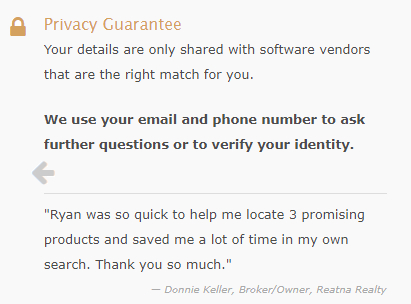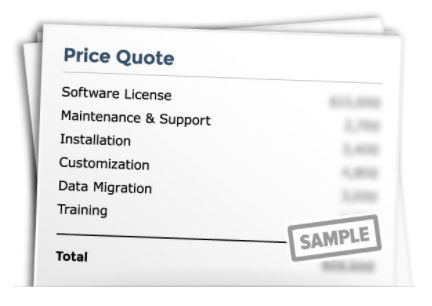There are a lot of benefits to the information age and its rapidly expanding reach in our society: the increased availability of information, the effi
There are a lot of benefits to the information age and its rapidly expanding reach in our society: the increased availability of information, the efficiency of communication, and the reimagining of economic and social structures, to name a few. Each of these changes allows professionals to play to their strengths and the needs of their clients in new and improved ways.
However, there are two sides to every coin. When so much information is available, it can cause a sort of paralysis, what psychologists refer to as “overchoice,” that can actually impair decision-making even as it presents some of the best options. This aesthetic paralysis can be a major obstacle to consumers and service providers alike.
Information abundance
When you first hear the term “information abundance,” it doesn’t sound like a bad thing at all. In fact, it seems as though it would allow consumers to make the most informed decisions possible and provide overall benefits to the market as a whole.
Too much of a good thing, though, can be a roadblock. There is exponentially more information available to consumers now than there was merely fifteen years ago, and that number increases daily. Not all of the information is pertinent to your clients, nor will much of it ever even make it onto their radar.
However, the lack of pertinence doesn’t preclude that information from inundating the consumer base with an overwhelming amount of information. Not only is the gross amount of available information increasing, but the rate at which it is generated is also skyrocketing as time goes on. This means that it can be harder and harder for the public to keep up.
Add to that the fact that much of the “information” available is not necessarily reputable or reliable, and you have a recipe for oversaturation that can stall even the most virile of markets.
Attention scarcity
An overabundance of information results in attention scarcity. Think of simple supply-and-demand rules in economics; the more information is available, the less energy the public will have toward making demands for it.
This can mean that they more readily subscribe to faulty information simply because it is available. Or it can mean that they put forth less of an effort overall into adequate research into their investments. It can also mean that they are easily swayed by those who would take advantage of how overwhelming the information market is.
When there is too much information available and no clear hierarchy through which to sort it, attention can be scarce. It can be difficult in normal circumstances to know where to direct one’s attention, and exponentially more so when inundated with information.
Buyer autonomy
Buyers, however, are adapting to this new dynamic by getting better and better at discerning what they do want and tossing aside what they don’t. This means that not only are real estate professionals tasked with getting the attention of potential clients, but they must keep their attention as well.
It is easy to click the “unfollow” button when you see too much information that you don’t need, or too little information that you do. This is why paying attention to your customer base’s attention patterns is crucial. Capitalize on the elements of your informational presence that bring in the most engagement.
Even more difficult, be willing to revisit the elements of your strategy that are not inviting engagement. Times change quickly and information moves even more quickly, so you have to be willing to adapt to make a real play in the economy of attention.




 Where do we send your free Great Agent demo?
Where do we send your free Great Agent demo?





 We just need some facts about your organization:
We just need some facts about your organization:
COMMENTS